Procol • April 15, 2025
Procurement As a Strategic Function
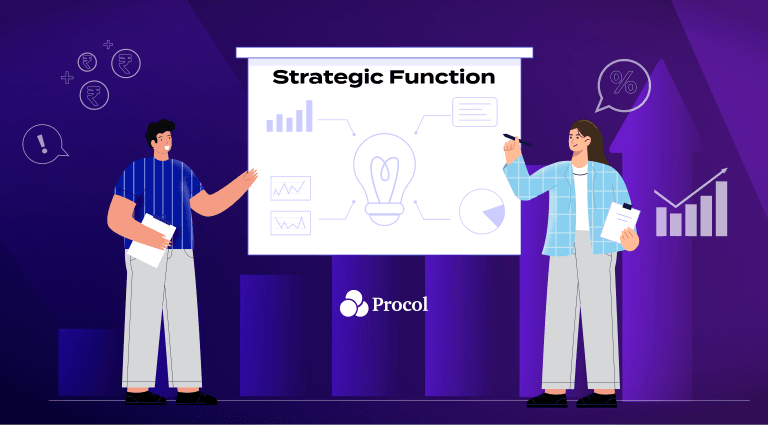
Procurement As a Strategic Function
Most fledgling businesses grow into fully functional organizations by empowering each department to recognize its needs and be accountable for fulfilling them. Not only does that promote independence, but it also allows for actual users and SMEs to be part of the procurement process. However, it also creates a culture where procurement becomes a reactive function rather than a strategic one.
Eventually, every organization reaches a scale wherein procurement can’t carry on in a fragmented manner. It has to become more proactive. To make the most of supplier partnerships and capitalize on supply chain efficiencies, procurement has to become a strategic function.
Today, most successful organizations are collaborating more deeply with their suppliers to develop superior products and save billions in costs. At the same time, strategic sourcing is helping global brands create a competitive advantage where none exists, boosting their top and bottom lines.
But how exactly does that happen? What are the benefits of strategic procurement? And if you are not already there, how can you start making your way towards making procurement a strategic function within your company? Let’s explore answers to all these questions and more in this piece.
What Is Procurement?
Procurement is a business function that focuses on sourcing and purchasing external resources for the organization. At its core, the procurement department is responsible for receiving requirements from other departments, identifying vendors or suppliers to meet those requirements, facilitating vendor and user interaction, negotiating, and purchasing goods or services to fulfill the requirement.
Organizations can have a single sourcing or multi-sourcing approach towards procurement, depending on one or many suppliers to meet their needs. Procurement can be done from existing suppliers while following the same order details as the last time (straight rebuy) or with modification in price, quantity, or specification (modified rebuy).
When an entirely new requirement that existing suppliers can’t fulfill arises, the procurement department has to initiate scoping of the supplier market and identify relevant vendors to take the new purchase forward. While the process is straightforward, every organization can have its very own approach towards procurement.
Different Types of Procurement Approaches
Transactional: Organizations that are cost-sensitive and still exploring the market for the best resource fit often opt for a transactional procurement approach. It allows for the identification of new suppliers every time a requirement arises. And every time the order is placed for a single transaction, without any intention or assurance for future business.
Contractual: When organizations want to procure resources that regularly experience market price fluctuations and must come with a set of vendor commitments towards quality, maintenance, and delivery, then having a contractual procurement approach makes the most sense. In this case, the buyer organization enters into a mid to long-term contract with the supplier organization to repeatedly procure a product or service. The procurement terms are defined via a Service Level Agreement (SLA) and are upheld until the contract renewal.
Strategic Partnership: Although contractual procurement works well from a tactical standpoint, this approach doesn’t allow a strategic collaboration to take shape between the buyer and seller. Strategic partnerships between the procurer and vendor keep the terms of engagement open and allow both parties to explore new opportunities for profitability. Strategic procurement can even extend to backward vertical integration.
Procurement As a Strategic Function
When procurement moves up from merely a support function to a strategic function, every step of sourcing and procurement takes on a new meaning. As the same things get done differently, the organization saves more money, achieves better profitability, expedites product to market time, and innovates with agility.
All of this begins by identifying procurement needs rather than just accepting sourcing requirements from different departments.
Identifying and Analyzing Need: The first step is analyzing previous procurement requirements and identifying recurring and unique departmental needs. Based on the suppliers selected and orders finalized in previous financial years, a procurement forecast must be made for the coming FY.
This proactive approach towards need analysis can reduce time to procure several goods and services while at the same time allowing the organization to avoid peak season purchase or stockout situations in the supplier market. This stage can also reveal latent organizational needs, which, if explored, can lead to higher profitability by sourcing rather than producing.
Analyzing Budget and Spend Potential: Next, it’s essential to review and analyze the procurement budget of the organization before strategically defining an optimal spend potential. Once again, the idea is not to review expenses after they have been executed. Rather, prepare for upcoming purchases by learning from historic spends.
By using TCO (Total Cost of Ownership) or similar tools to review past budget vs. spends, different costs inherent to sourcing can be identified. Supplier relations that were once beneficial but are not anymore can also be determined.
Existing Supplier Review: With a clear view of the costs and needs, the existing group of suppliers needs to be reviewed. Even though your company may have a rigorous vendor selection, vetting, and empanelment process, every supplier partnership can become obsolete eventually.
So, it’s practical to review your current suppliers periodically and determine whether you are getting the best quality, price, and service from them. Also, check if these same suppliers can meet your future needs or not.
Supplier Scoping and Selection: Next, you need to scope the supplier market and find out vendors that fit the bill for your current and upcoming requirements. Often, your current suppliers may be providing you with standardized solutions, and for customized products or services, you need to search outside.
Similarly, new suppliers can also be scoped for potential vertical integration, services like JIT, outsourcing of a sub-assembly, or innovation of parts being sourced. However, you must remember the net impact on your final product and brand image while doing so.
Negotiation and Strategic Alignment: Selected suppliers can then enter negotiations and be exposed to user departments for demos or collaborative solution development. In this phase, the procurement function has to stay on top of the market developments so as to not miss out on new and better solutions.
With the price, specifications, and service terms defined, suppliers can be considered for long-term strategic alignment. Often, user departments will hesitate in making such recommendations. Therefore, it’s the role of the procurement function to identify supplier potential and grab such opportunities.
Final Thoughts
Strategically done procurement has inherent benefits for every organization, irrespective of the industry or business model. From consistent cost optimization and access to high-quality external resources, strategic procurement also allows companies to source from global supplier markets while reducing their carbon footprint.
Furthermore, it helps mitigate any risk pertaining to supply chain dependencies and supports product development that is inimitable by competitors. Of course, it requires conscious planning and investment in procurement-related activities. But the fruits of this labor are definitely worth it.
Explore more from Procol
Discover expert tips, how-to guides, industry insights, and the latest procurement trends.
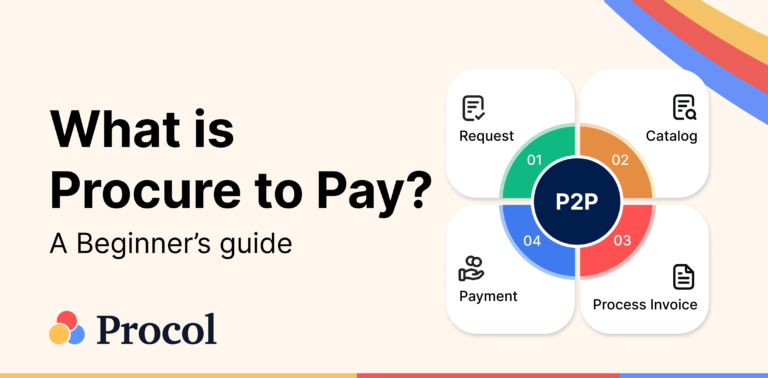
What is Procure-to-pay (P2P)? An Ultimate Guide
Procure to pay is the process from procurement of materials needed...
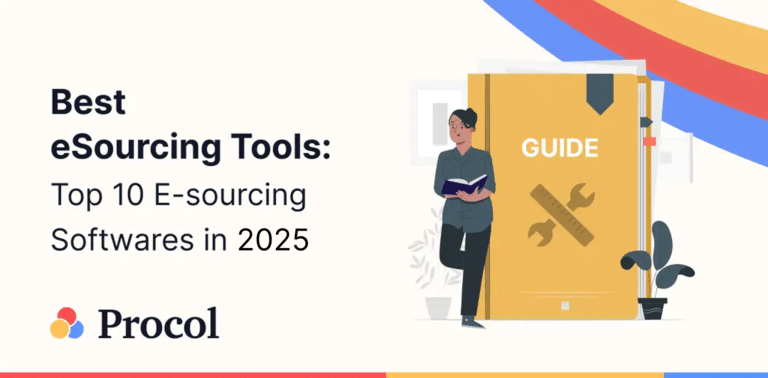
Best eSourcing Tools: Top 10 eSourcing Software in 2025
Discover top 10 e-sourcing tools and esourcing platforms necessary for efficient...
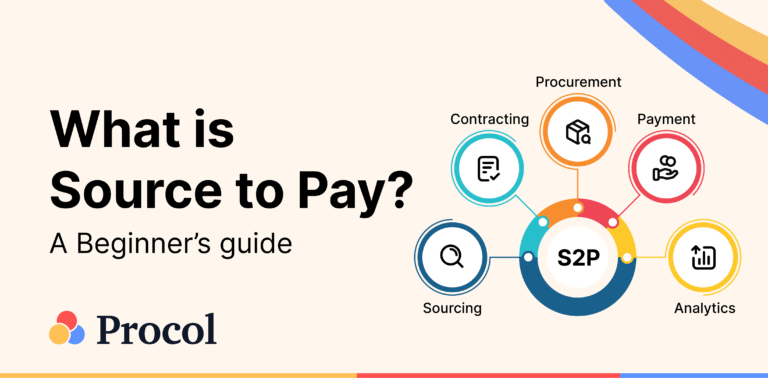
What is Source-to-pay in 2025? An Ultimate Guide
Source to pay is the process of sourcing vendors to procure...









